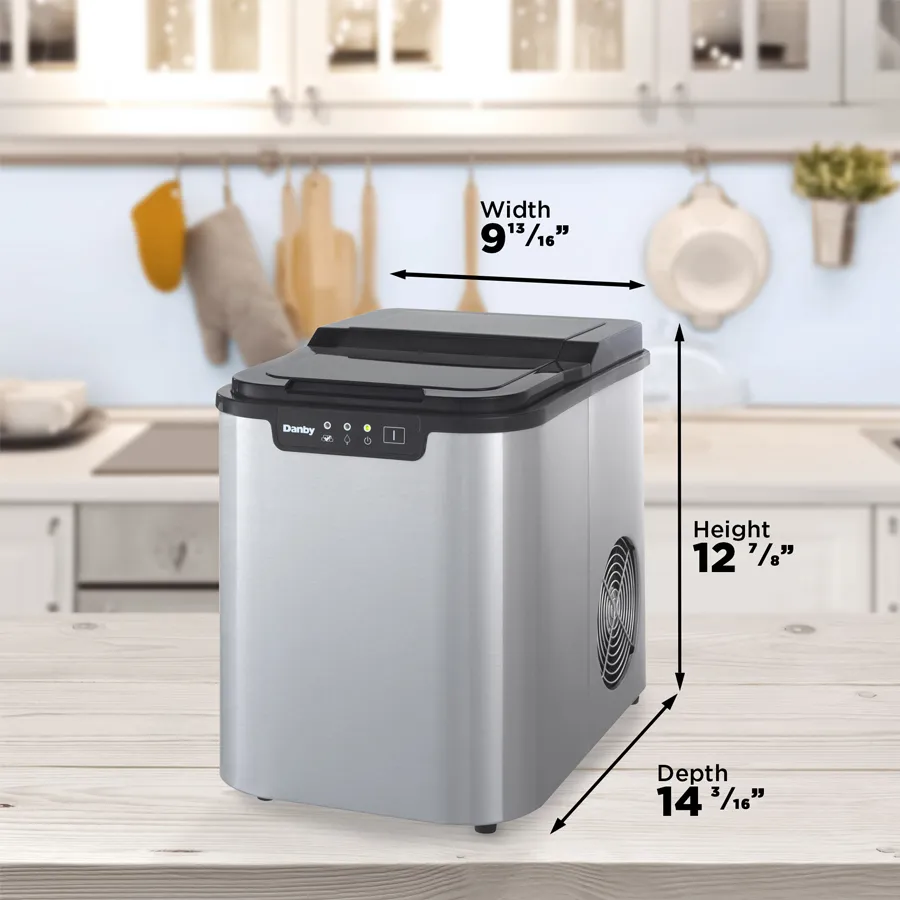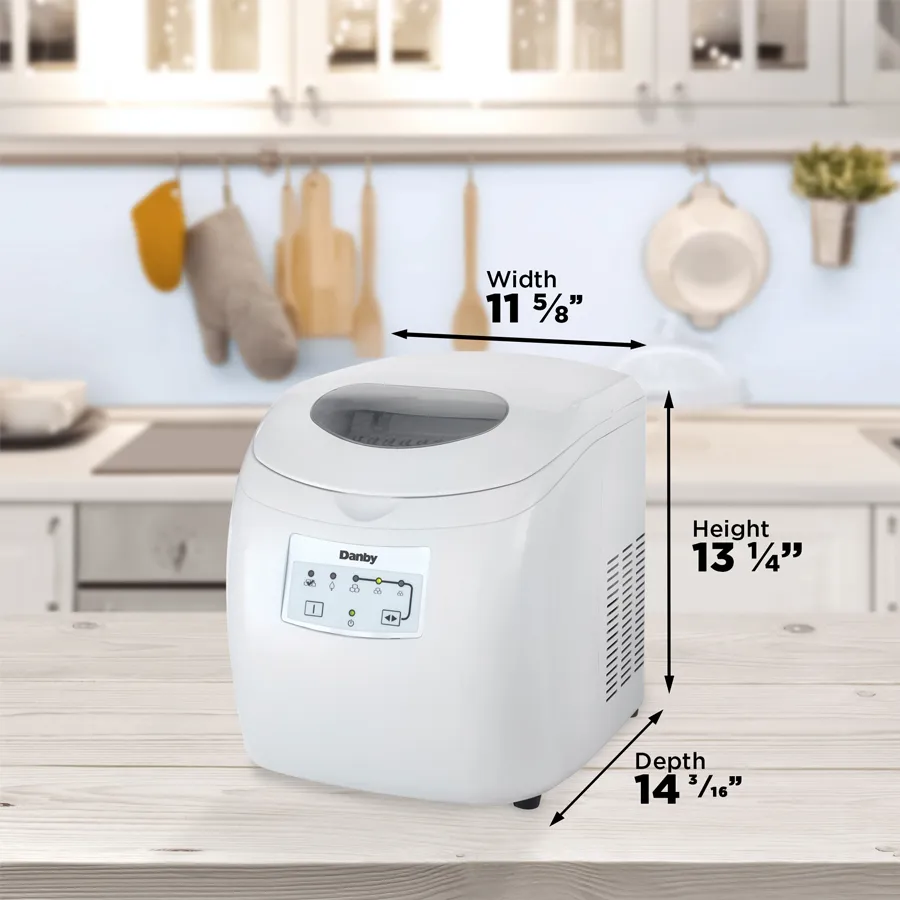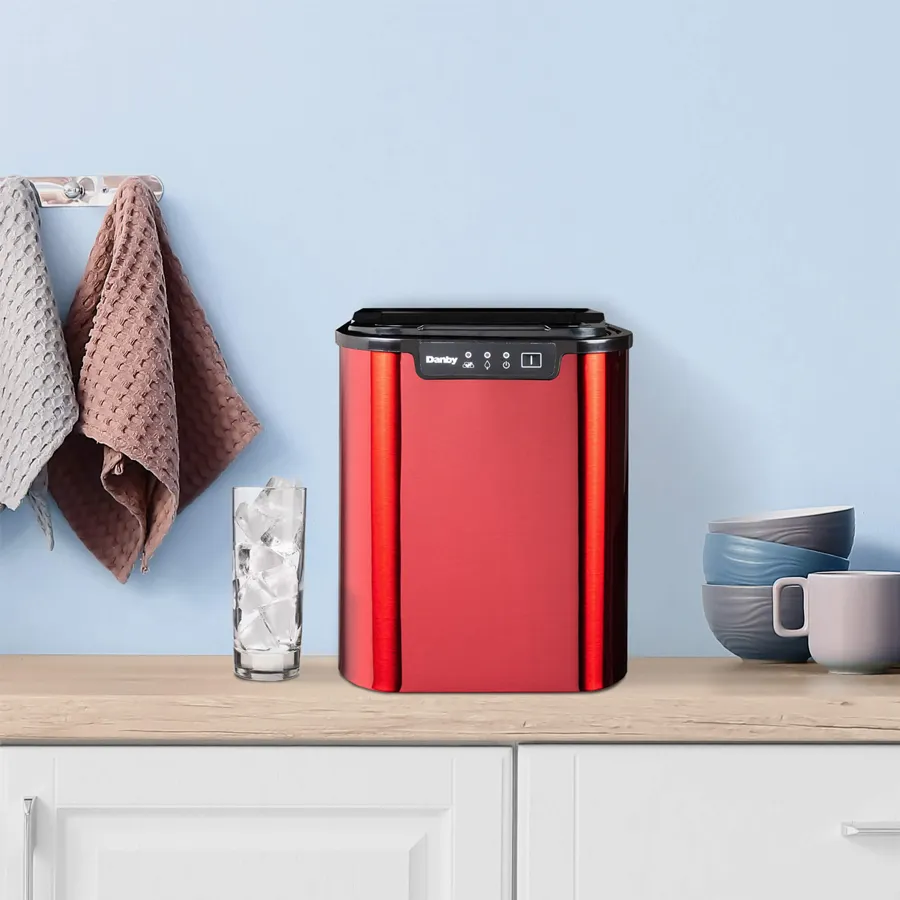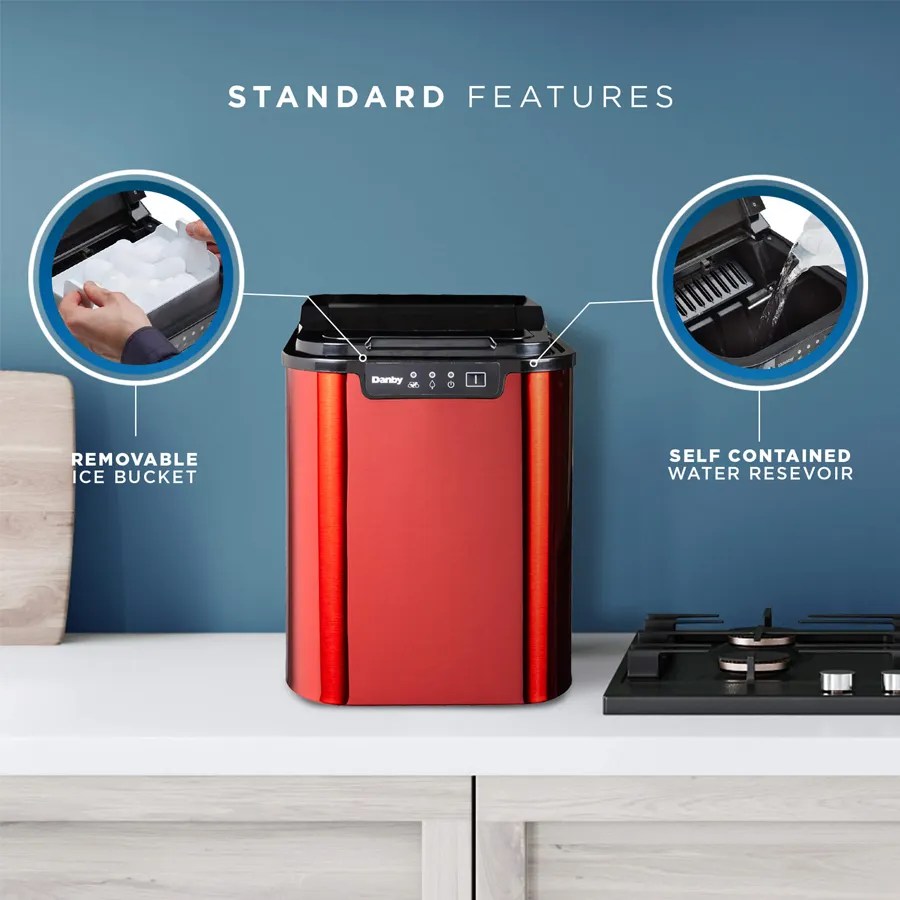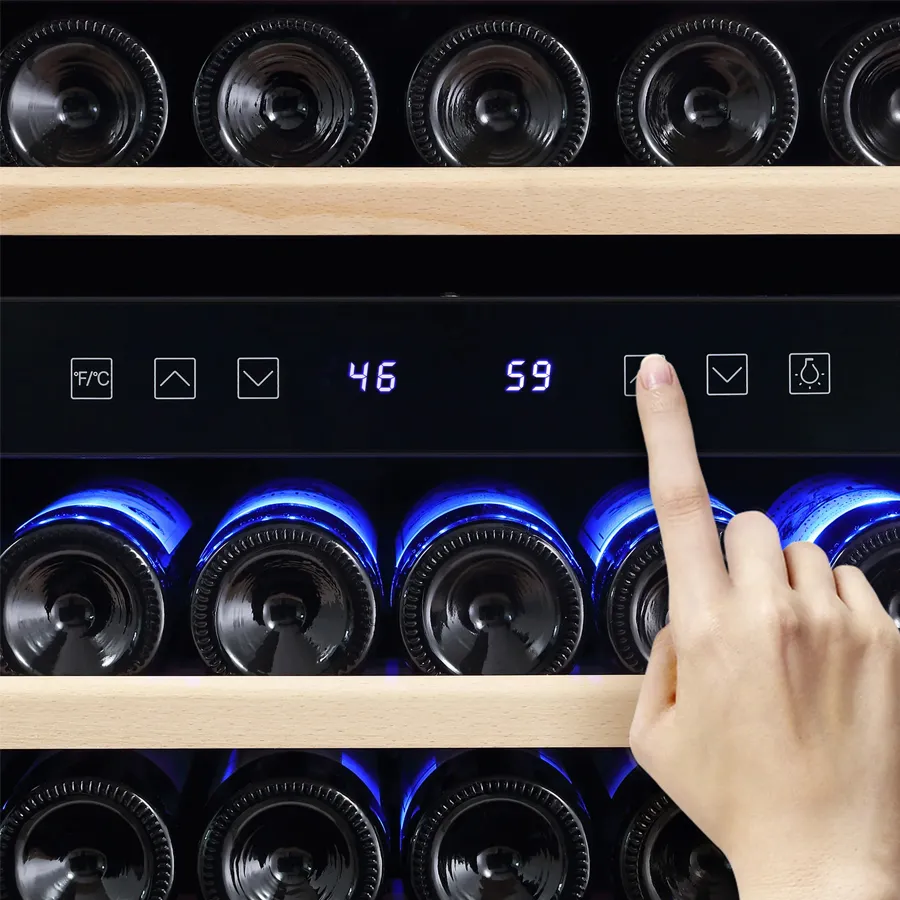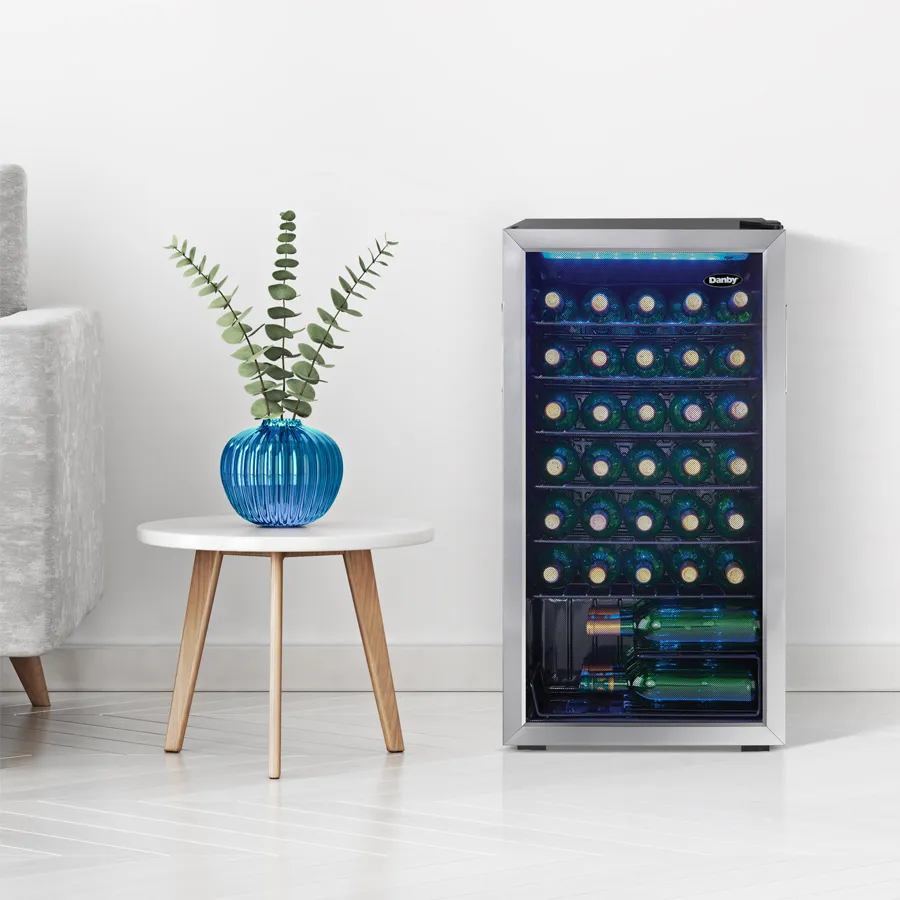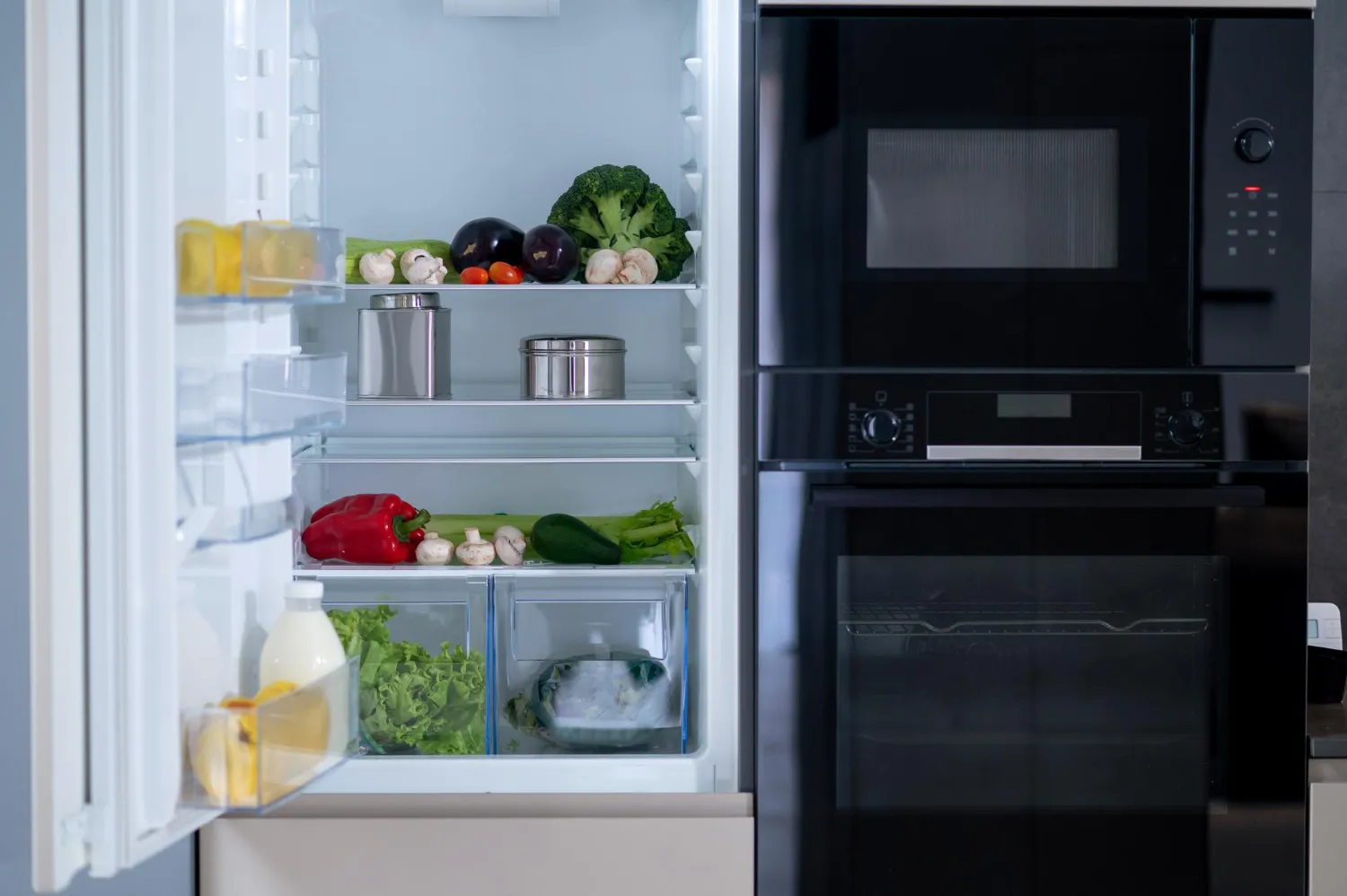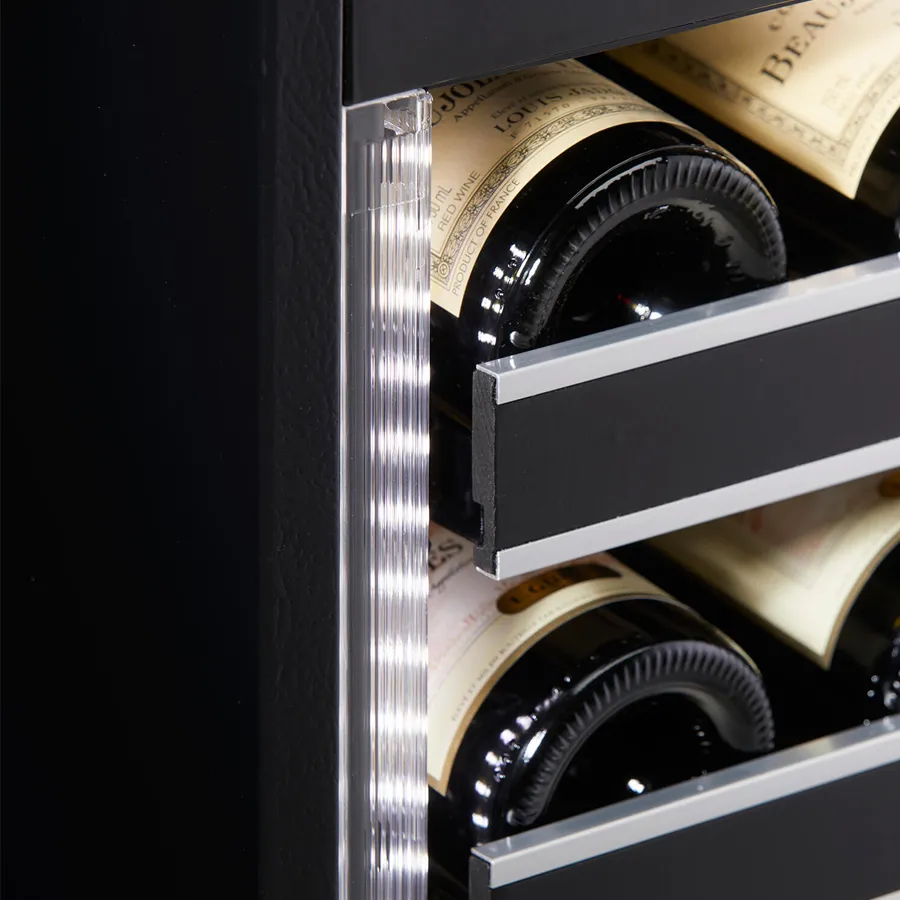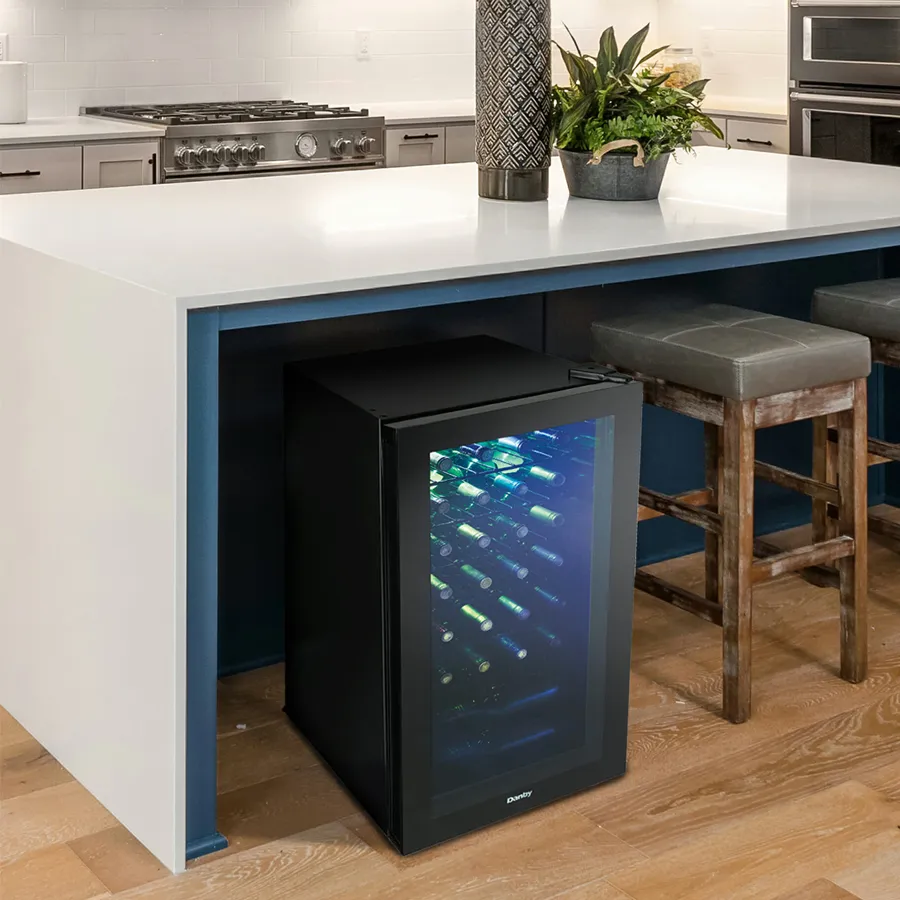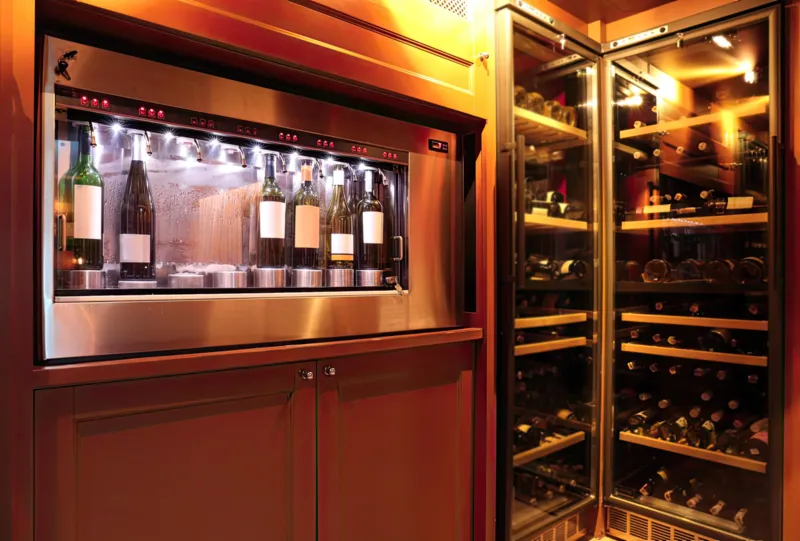In this detailed guide, “How to Keep Countertop Ice Maker in Good Condition: A Complete Guide,” we’ll show you all the things you need to know to keep your countertop ice maker working well and lasting even longer. In addition to extending its longevity, following this comprehensive instruction will guarantee a continuous supply of clean and refreshing ice for many years to come. What follows is a detailed explanation of how to maintain your countertop ice maker so that it continues to function at its best.
Read Manufacturer’s Instructions
Before delving into the specifics, take a moment to peruse the manufacturer’s instructions. Each model of ice maker may have unique cleaning and maintenance guidelines, so acquainting yourself with these recommendations will enable you to make informed decisions.
This will help ensure that the ice maker functions optimally and lasts as long as possible. Additionally, it is important to keep the ice maker’s parts clean and free from debris. Lastly, regular maintenance checks should be conducted to ensure that the ice maker is running properly.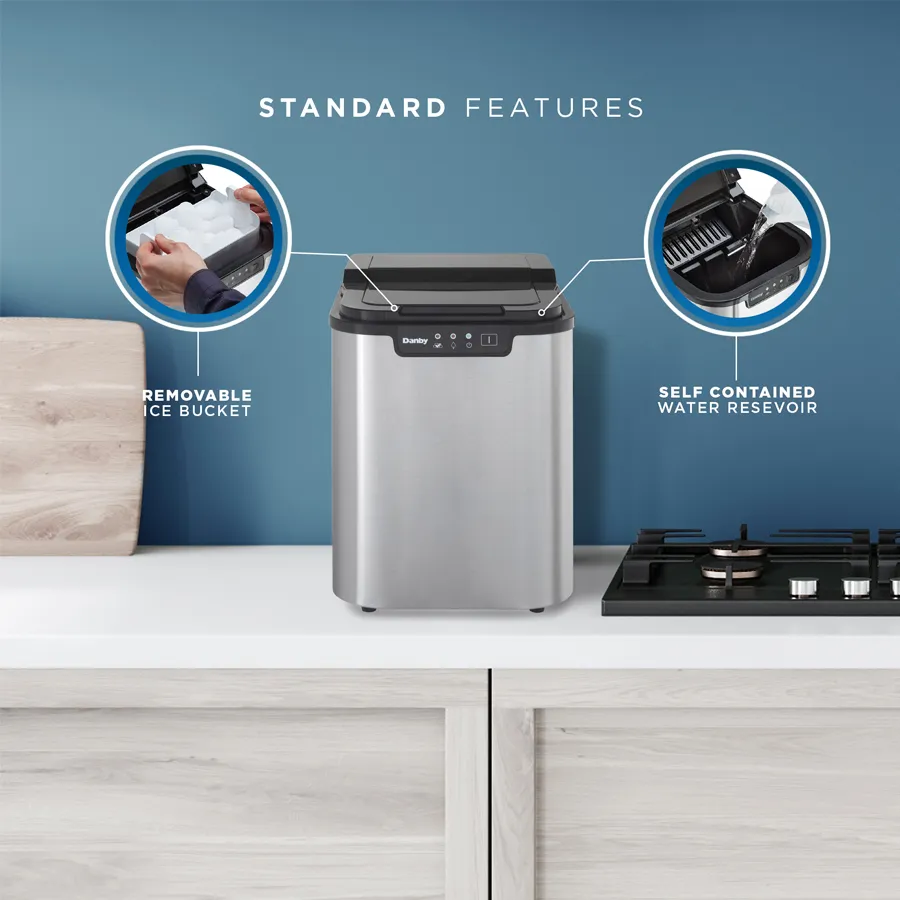
Adhere to a Regular Cleaning Schedule
To uphold the peak performance of your countertop ice maker, adhere to a regular cleaning schedule, ideally conducting the process at least once every two months. However, if the ice maker is used frequently, consider cleaning it more often to guarantee efficiency and functionality. Routine cleaning serves as a preventive measure against mineral buildup, mold growth, and bacterial contamination, ensuring that your ice remains fresh and safe for consumption. A clean ice maker also consumes less energy, as it is able to work more effectively. Additionally, regular cleaning helps to extend the lifespan of your appliance, as dirt and grime can damage the components.
Unplug and Empty the Ice Maker
Before embarking on the cleaning process, it is essential to disconnect your ice maker from the power source. Empty any remaining ice from the storage bin and discard it, as it may contain impurities. Should you notice excess ice stuck in the system, allow it to thaw before proceeding. Once the ice has melted, use a cloth to wipe down the inside and outside of the ice maker. Ensure that the machine is completely dry before turning it back on. Lastly, reconnect the ice maker to the power source and start using it again.
Thoroughly Clean the Interior Components
Shift your focus to the components that come into contact with water and ice, such as the ice tray and water reservoir. Employ warm soapy water to clean these components, ensuring thorough rinsing afterward. For stubborn mineral deposits or residue, a non-abrasive brush can prove invaluable. Pay meticulous attention to hard-to-reach areas, leaving no nook or cranny untouched. Regularly check for any leaks or water droplets. If the ice tray or water reservoir is damaged, replace it as soon as possible. Finally, wipe down the outside of the ice maker with a clean cloth.
Descaling for Optimal Performance
As time elapses, mineral deposits may accumulate, impeding your ice maker’s performance. Descaling is a pivotal step in eliminating these deposits. Adhere to the manufacturer’s instructions regarding the use of a descaling solution or a mixture of vinegar and water. Allow the solution to traverse the system, letting it sit for the recommended duration. Subsequently, flush the system with clean water to eliminate any residual deposits. Check for any drips or leaks following descaling. Make sure all components are completely dry before reconnecting them. Test the ice maker to make sure it is functioning properly.
Keep the Exterior Sparkling
Extend your care to the exterior of your ice maker. Utilize a damp cloth or sponge to wipe the surface, including the control panel and buttons. Refrain from harsh chemicals or abrasive cleaners that may damage the finish. Consistent cleaning of the exterior ensures the maintenance of its visual appeal. It also helps to reduce the risk of bacterial growth which can cause food-borne illnesses. Regular cleaning also prolongs the life of the ice maker.
Smart Storage and Usage Practices
When the ice maker is not in use, store it in a cool and dry place, away from direct sunlight and extreme temperatures. Additionally, use clean, filtered water to ensure the quality of the ice produced. Check the ice maker regularly for any signs of damage. Clean the ice maker regularly to avoid buildup or bacteria. Make sure the ice maker has enough space around it to allow for proper ventilation.


